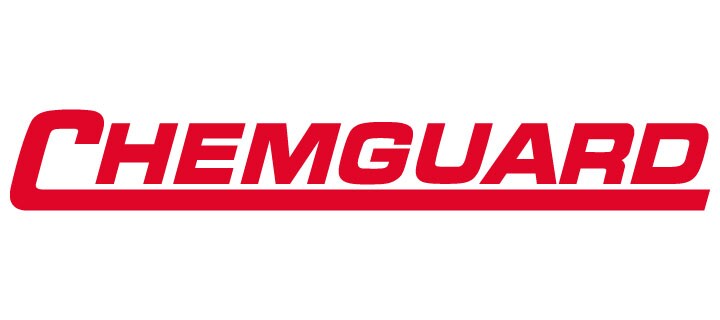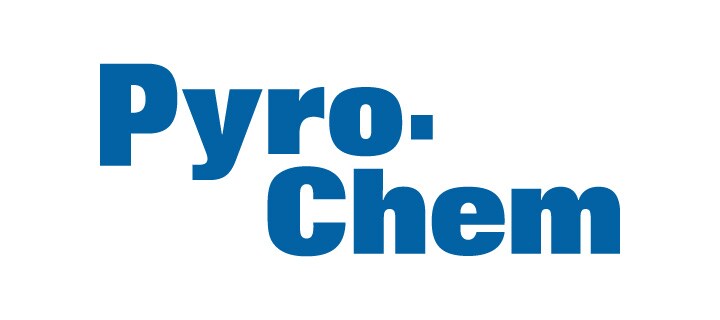Smoke and Heat Detectors: the Differences
Smoke and heat detectors are an essential part of an effective fire safety strategy. But what are the differences between these fire detection devices, and which would suit your specific needs? We’ll be answering this with our guide on each type of system below.
Smoke, Heat, and Combined Fire Detectors
As the names suggest, smoke detectors and heat detectors are used to identify, and respond to, different threats. Smoke detectors are normally utilised to safeguard people and property by triggering an Alarm System earlier in the development of a fire. Meanwhile, heat detectors monitor temperature changes and react later to a fire as a result, making them a preferred option for protecting property.
Finally, combination fire detectors are available that use different sensing elements in the same device. These detectors combine multiple initiator types including heat sensors, optical smoke alarms, and carbon monoxide detection. Not only can this reduce the number of detectors your building needs, but it can also decrease the risk of a false alarm and even improve the speed of fire detection. These are all benefits that help to make smoke and heat detectors one of the safest options to aid effective High Rise Building Evacuation.
Smoke Versus Heat Detectors - Outlining The Key Differences
How the different devices detect and react to danger is very different which leads to them being better suited to different risk types and environments:
Optical Smoke Fire Detectors:
- Use an infrared LED that pulses a beam of light into a sensor chamber. When smoke enters the chamber, it scatters the light, which is then detected by a photodiode. This triggers the alarm.
- Typically respond more quickly to smouldering fires or fires that produce a lot of smoke before heat.
- Ideal for areas where fires are likely to produce smoke before flames, such as offices and retail spaces.
- Require regular cleaning to prevent false alarms and ensure sensitivity.
- Must be placed in locations where smoke can easily reach them, avoiding areas where steam or cooking fumes are common.
Typical Applications:
- Commercial Buildings: Suitable for offices, hotels, and shopping malls where early detection of smoke is crucial to ensure the safety of occupants.
- Public Buildings: Effective in places like schools, hospitals, and museums where a quick response to smoke can prevent larger fires and protect valuable assets.
- Event and Assembly Halls: Useful in theatres, conference halls, and sports centres where large gatherings occur, ensuring safety and compliance with fire safety regulations.
- Near Kitchens: Can be placed near kitchens (but not directly inside) to detect smoke from cooking without triggering false alarms from steam.
Heat Fire Detectors:
- Depending on the detector model, an alarm signal is sent either when a specific temperature is reached (fixed temperature detector) or when there is a rapid increase in temperature (rate-of-rise detector).
- Effective in detecting fast-developing fires, but can be slower to respond as they rely on a significant rise in temperature. Versatile and reliable in detecting fires in challenging environments where high levels of dust, steam, or fumes that could trigger false alarms in smoke detectors, such as kitchens, garages, and industrial areas.
- Require less maintenance as they are less affected by dust and contaminants.
- Can be installed in places where heat build-up occurs, such as near ovens or heaters, but away from ventilation that might cause temperature fluctuations.
Typical Applications:
- Kitchens: Ideal for commercial and residential kitchens where cooking activities can produce smoke and steam, which might trigger false alarms in smoke detectors.
- Garages and Workshops: Suitable for areas with high levels of dust, fumes, or exhaust gases that could interfere with smoke detection.
- Industrial Settings: Effective in factories, warehouses, and production plants where dust and other particles are prevalent.
- Boiler Rooms and Mechanical Rooms: These areas often experience high temperatures and steam, making heat detectors a better choice.
- Storage Areas for Flammable Materials: Useful in places where highly flammable chemicals are stored, as these areas require reliable detection without the risk of false alarms.
- Basements and Roof Spaces: These spaces can have varying temperatures and conditions that might not be ideal for smoke detectors.
Combined Optical Smoke and Heat Fire Detectors:
- Use an algorithm that processes signals from both an optical smoke sensor and a heat sensor.
- Dual approach ensures that the alarm is triggered only when both smoke and heat are detected, reducing the likelihood of false alarms while ensuring rapid response to genuine fire conditions.
- Ideal for a wide range of environments, including residential, commercial, and industrial settings, where both smouldering and fast-developing fires might occur.
Typical Applications:
- Commercial Buildings: Suitable for offices, shopping centres, and hotels where a mix of different fire types might be present, ensuring comprehensive coverage.
- Industrial Settings: Useful in factories and warehouses where machinery and materials might cause both slow-burning and fast-developing fires.
- Museums and Heritage Sites: Protects valuable artefacts and structures by providing early detection of both smoke and rapid temperature changes.
- Healthcare Facilities: Ensures the safety of patients and staff in hospitals and nursing homes by detecting various fire conditions early.
- Educational Institutions: Effective in schools and universities where a variety of materials and equipment might pose different fire risks.
- Public Transportation: Used in airports, train stations, and subways to detect fires quickly and efficiently in large, crowded areas.
Combined Optical Smoke, Heat and Carbon Monoxide Fire Detectors:
- Use an algorithm that processes signals from an optical smoke sensor, a heat sensor, and a carbon monoxide (CO) sensor.
- Benefits from the advantages provided by the combined optical smoke and heat detector.
- Uses an algorithm to compare levels of CO in the atmosphere with established gas profiles that are associated with a fire condition to verify that a fire exists.
- False alarm rejection properties make it the ideal choice for hotel bedrooms where steam from bathrooms is a common source of false alarms.
- Designed for use when the environmental conditions are challenging - for example industrial, retail, transport hubs and healthcare.
Typical Applications:
- Commercial Buildings: Suitable for offices, hotels, and shopping malls where a mix of different fire types and CO risks might be present, ensuring comprehensive coverage.
- Healthcare Facilities: Ensures the safety of patients and staff in hospitals and nursing homes by detecting various fire conditions and CO leaks early.
- Educational Institutions: Effective in schools and universities where a variety of materials and equipment might pose different fire and CO risks.
- Industrial Settings: Useful in factories and warehouses where machinery and materials might cause both slow-burning and fast-developing fires, as well as potential CO emissions.
- Public Transportation: Used in airports, train stations, and subways to detect fires and CO leaks quickly and efficiently in large, crowded areas.
- Museums and Heritage Sites: Protects valuable artefacts and structures by providing early detection of smoke, rapid temperature changes, and CO levels.
What’s the Best Smoke/Heat Detector Solution?
The answer to this will vary depending on your facility’s needs and what the system is protecting. Simply put, when it comes to protecting people, detecting gases like carbon monoxide early is essential. This is because warning people pre-emptively protects them from smouldering fires (which generate less heat) and poisonous gases. These factors make optical smoke alarms or combined detectors the go-to choice in buildings with high populations of people.
However, heat detectors can also be highly effective, especially in building protection. By being more reliable than optical smoke detectors, these offer a trouble-free and cost-effective solution. When heat is detected, these systems will often trigger a Fire Suppression device, so damage to property and assets can be minimised.
Alternatively, combined detectors can be considered an optimal choice for some facilities, including certain high-rise buildings. These devices combine the safety and rapid response that smoke detectors can provide occupants whilst ensuring property is protected and false alarms are minimised. This increases overall peace of mind and can also minimise issues such as thermal lag.
‘Thermal lag’ is the rate at which materials release the heat stored in them as the temperature builds. If the temperature rises rapidly during a fire, the fire may be more advanced by the time it is detected by a heat detector, whereas a combined heat and smoke detector can identify the danger earlier.
Fire Detection by Johnson Controls
To summarise, the safest fire detection solution for any facility will be one that is tailor-made to each location’s specific requirements. That’s why Johnson Controls works with your premises to Design Durable and Reliable Fire Detection Systems.
You can read more about our custom smoke and heat detector solutions here and learn more about heat detection specifically for high-rise buildings here. Or to discuss your fire detection requirements with one of our experts, get in touch using the form below.

























.png?la=en&h=70&w=157&hash=717A494A27ED61C45CEF95AC3A9C6309)







































